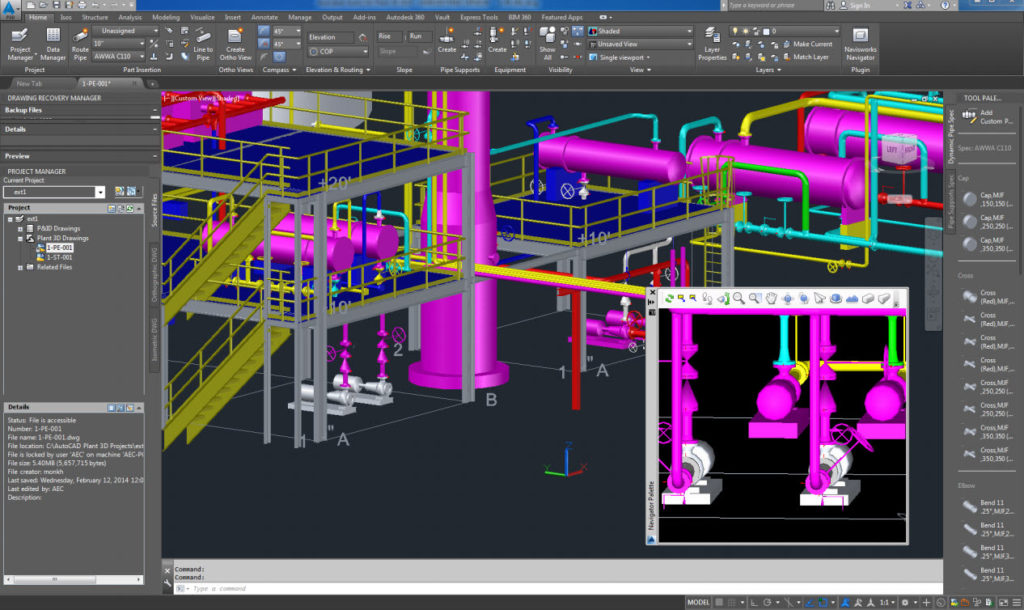
As an example, I draw a pitch contour in a violin part but, this process can work for just about anything you might want to draw in your scores.Īside: I use Illustrator here, which is an industry standard for vector graphic editing. In this video, I demonstrate my current workflow for creating graphic elements using the basic drawing tools in Adobe Illustrator and placing them in my scores in Sibelius. Over the last few years, I have developed a hybrid approach that makes use of Sibelius’s export and import graphic features. This is better but, it still has a problem if you ever want to change anything in the original file, even if only to correct a typo.
AUTODESK GRAPHIC TUTORIAL PDF
I’ve spoken with other composers who export a score PDF from Sibelius or Finale, import that into a drawing application, and then draw right on top of the score.

This solution is ugly, error-prone, time-intensive, and will definitely not help anyone who is performing my music from an iPad! When I first started including graphic elements like this in my scores, I would leave blank space in my score document, print it out, and then draw shapes and contours with a Sharpie marker with as much consistency as I could. Sometimes, though, the only way to get a particular graphic element into a score in exactly the right way is to draw it. Subscribe: Amazon | Apple Podcasts | Google Podcasts | Pandora | PocketCasts | Podchaser | RSS | Spotify | Stitcher | TuneInĮditor’s note: This post was originally published in November 2017 and has since been updated with additional content.Īs Sibelius has matured, it has added many powerful tools for handling all kinds of less common music notation symbols, such as feathered beams, tone clusters, and even colorful noteheads.

Download file | Play in new window | Duration: 41:31


 0 kommentar(er)
0 kommentar(er)
